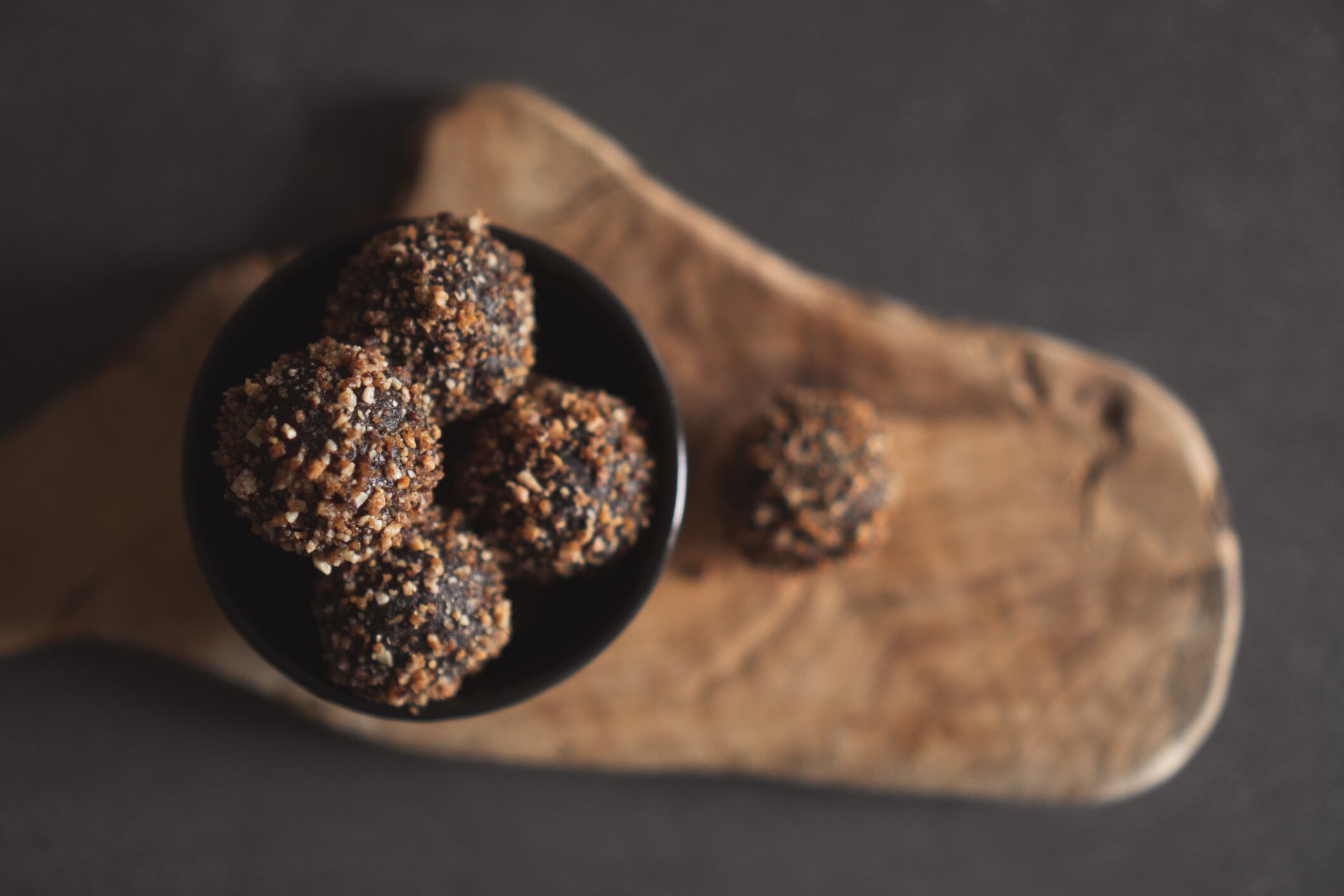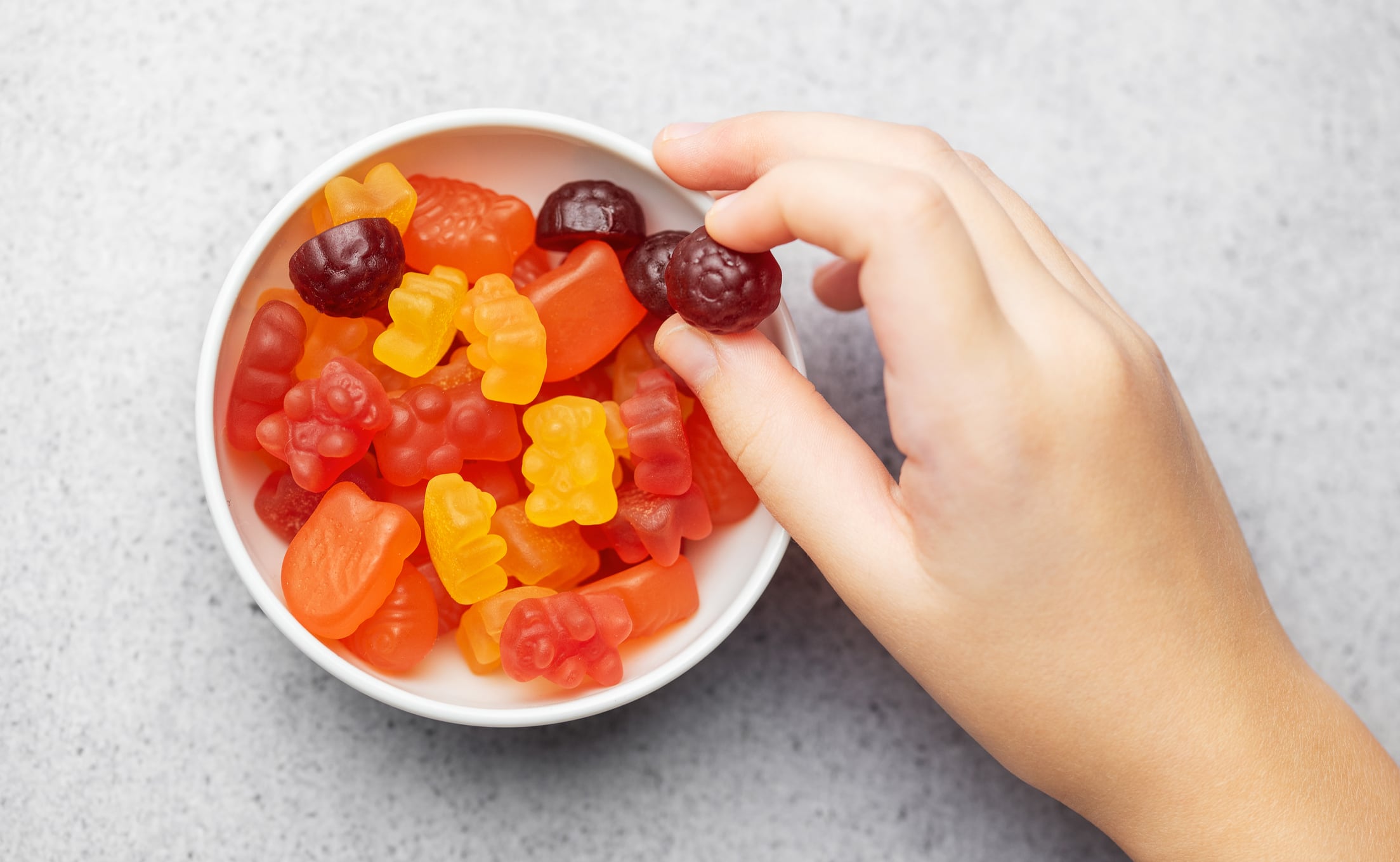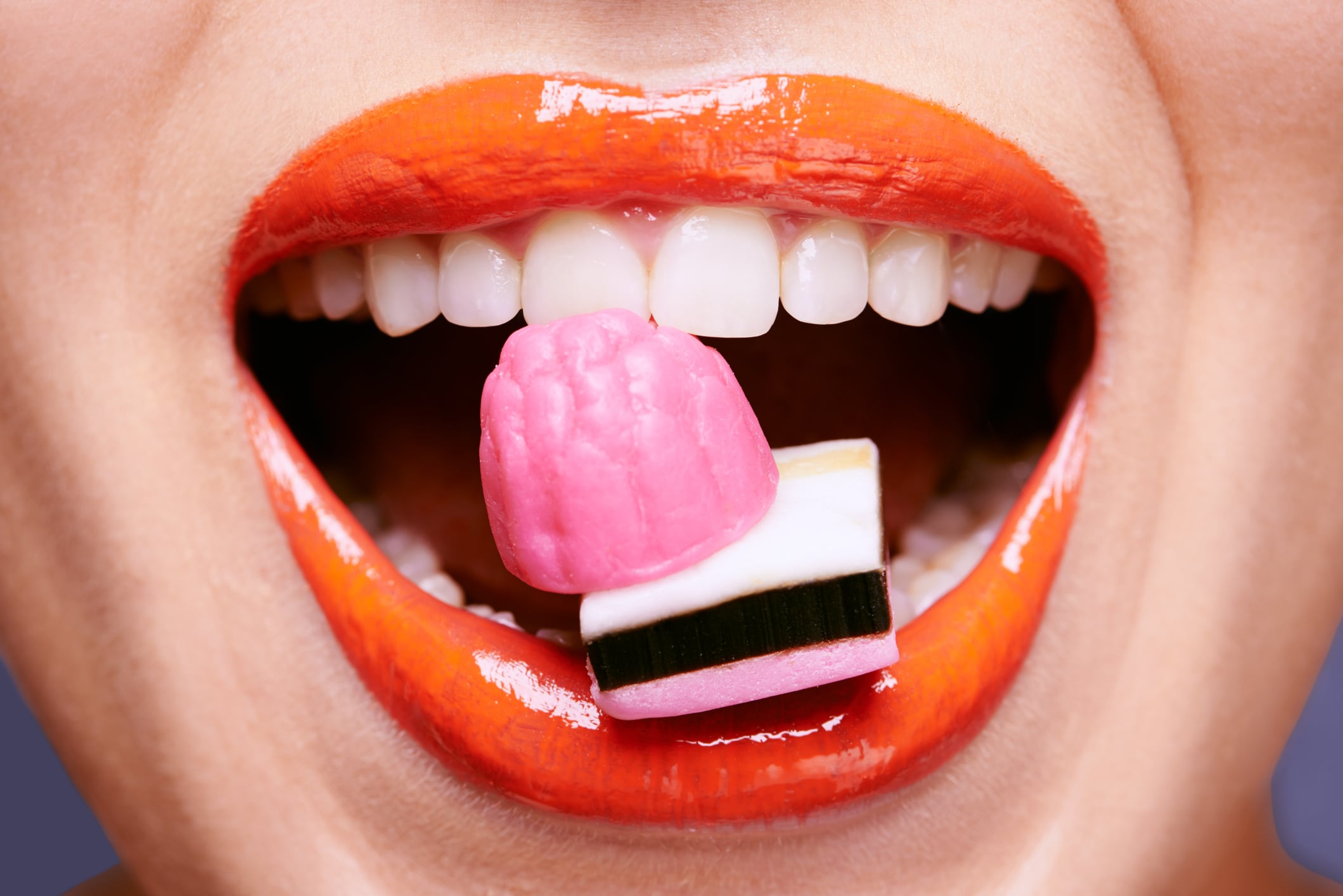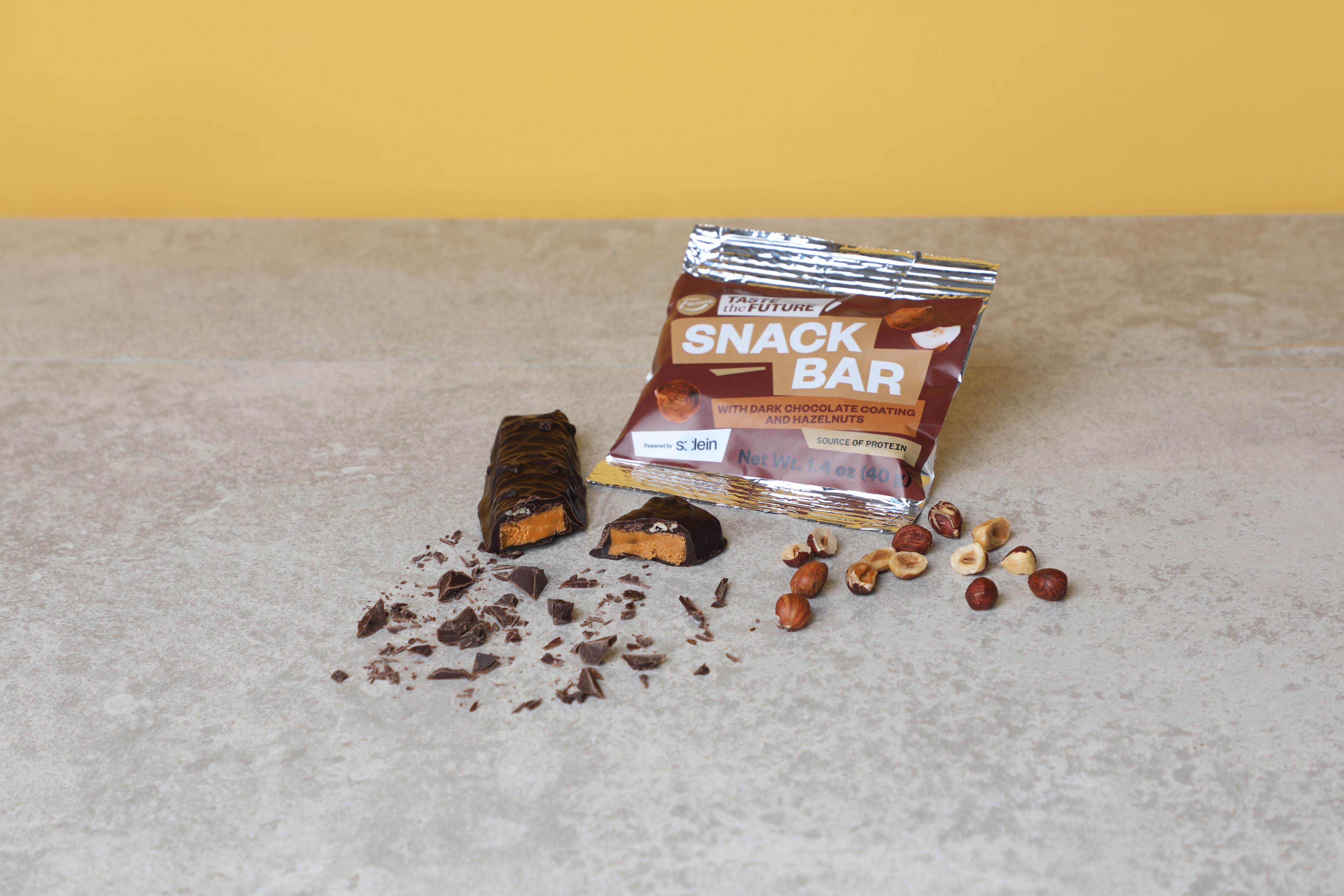Packing multifunctional benefits into sweet treats is big business in 2025. Elevating new confectionery product releases beyond consumers’ traditional (and still sought-after) indulgence, fun and novel demands is high on the formulators’ priority list.
Functional, better-for-you (BFU) and healthier alternatives are popular terms within confectionery, indicating consumers’ growing awareness and call for chocolate, candy and gum that has an appealing taste and texture and provides nutritional benefits, too.
The National Confectioners Association (NCA) State of Treating Report 2025 shows consumers still want indulgence from their confectionery. However, they increasingly want to balance their permissible treat with healthier alternatives that provide function and sit in the BFY space.
Close to two-thirds (62%) of consumers know BFY confectionery, indicating their growing market presence. However, this is not reflected in their buying habits, with only 10% choosing these marketed-as-healthier treats in 2024.
Health benefit mentions do resonate with confectionery consumers, however. Research by manufacturing solutions provider Prinova has found that 72% of shoppers were more likely to buy a food and beverage (F&B) product if it contained a health claim on its packaging. This figure increased to 80% among consumers aged between 25 and 34 years old and 87% among consumers aged 18 to 24.
With BFY taking off in 2025, functional confectionery is expected to enjoy a boost, taking influence from innovative and evolving trends from wider F&B.
Evidence-backed scientific claims, adventurous and globally-inspired ingredients and flavours, and visually appealing finished products that stand out on confectioners’ popular marketing channels – including social media and via creative campaigns – are popular ways for producers to engage with the growing functional confectionery consumer.
1. Packing in protein gets more adventurous

Confectionery launches with high-protein claims are not new, but in 2025, they’re getting a rebrand and giving one particular ingredient a specific push: collagen.
Positioning protein bars and drinks as functional is key to their popularity. According to market research insights provider Mintel, product packaging and ingredient information that features high-protein claims appeal directly to consumers looking for energy, muscle recovery and satiety characteristics.
Its latest findings indicate younger demographics are particularly perceptive and interested in functional positioning on high-protein products and convenient product varieties and formats that enable them to meet their daily goals.
Mintel finds that Gen Z and Millennials are more likely to experiment with protein formats, with plant-based and functional snacks influencing their interest and purchases. While Gen X and Baby Boomers are less adventurous and tend to choose conventional protein sources, convenience will make these generations more likely to try different protein options.
Ready-to-eat snacks like confectionery present a key opportunity for formulators. In 2025, Mintel data shows that while over 60% of US consumers have maintained their typical value-added protein consumption, almost 30% have lowered it.
Collagen and its benefits are driving consumer interest in this specific protein. Known for its associations with increasing muscle mass, preventing bone loss and improving skin health, it captures shoppers’ attention.
Collagen coffee has emerged over the past year and is currently valued at $5.1bn. With Markets&Markets projecting it will reach a value of $7.4bn by 2030, it’s likely more collagen-led confectionery products, especially as beauty and wellness meets confectionery, will appear in the sweet aisles.
2. Nod to a popular sports nutrition must-have: Electrolytes

The sports nutrition space influences confectionery formulators. Leaning into utilising ingredients in quantities that specifically support consumers’ health and wellbeing is a natural source of inspiration for producers.
In 2025, collagen and electrolytes are growing in traction due to their existing appeal to health-conscious consumers and athletes in the sports nutrition market. These products are associated with helping to provide energy, aid performance and recovery, and support overall health.
Electrolytes are one ingredient fuelling the $4bn sports nutrition market. Describing the group of minerals containing sodium, potassium and magnesium, electrolytes made their name in energy drinks. However, they have since expanded beyond their endurance-providing messaging to the wider drinks market.
With Grand View Research anticipating that the electrolytes space will grow by a CAGR of 7.5% over the next five years, these could find themselves increasingly in confectioners’ SKUs. Specifically, new products marketed to support sports performance and hydration are likely effective ways for confectioners to lean into captive sports nutrition consumers.
3. A daily lift

Immune-boosting ingredients, anti-inflammation contents and various vitamins are gaining popularity in the functional F&B sector. According to Prophecy Market Insights, the food-as-medicine trend is currently valued at $25bn and is currently growing at a CAGR of 4.3%. Supporting and protecting consumers’ immune systems is a significant part of the food as medicine trend. They adopt a proactive and preventative approach to healthcare, increasing wellness rather than a reactive attitude.
Fruity and sweet ingredients, like citrus fruits and honey, have immune-boosting properties that may appeal to consumers due to their familiarity and health-related reputation while adding a twist to conventional confectionery flavours. Nuts and seeds, a prominent feature within confectionery – pistachios enhanced by the rise of Dubai chocolate, hazelnuts and almonds – are a top purchase for their immunity-related properties.
Fermented foods, also a key immunity-boosting ingredient in 2025, offer consumers a more novel selection of taste profiles to satisfy their demands for adventurous flavours and new, experimental ingredients in confectionery. Kefir, natural yoghurt and kimchi contain probiotics that support gut health, a key claim within the BFY space.
Anti-inflammatory ingredients help protect the body’s defence against inflammation, which is linked to an increased risk of chronic diseases such as heart disease, Alzheimer’s, arthritis and obesity. Ginger, berries, turmeric, and nuts are among the ingredients tipped as being big on the anti-inflammatory scene in 2025. Consumers want functional ingredients that pack a familiar yet fun flavour profile, so formulators can lean into the ‘newstalgia’ trend to create sought-after confectionery SKUs.
4. Libido-boosting drinks

Aphrodisiac-focused drinks can appeal to busy and stressed-out consumers. That’s the message from market research provider Mintel, which sees the libido-enhancing category drawing interest from shoppers. Providing they get their branding right and are transparent with consumers about their properties and capabilities, this new functional F&B area can prove popular, particularly as consumers want adventurous and convenient solutions.
Several libido-boosting ingredients are popular among formulators in this space.
Pomegranate, watermelon, beet and aloe vera juices are notable ingredients in this area, as well as Ashwagandha and herbal teas, turmeric, maca root and banana. Utilising these ingredients in confectionery SKUs may tap into several core trends: functional health and wellness, interesting flavours and on-the-go solutions for busy consumers.




